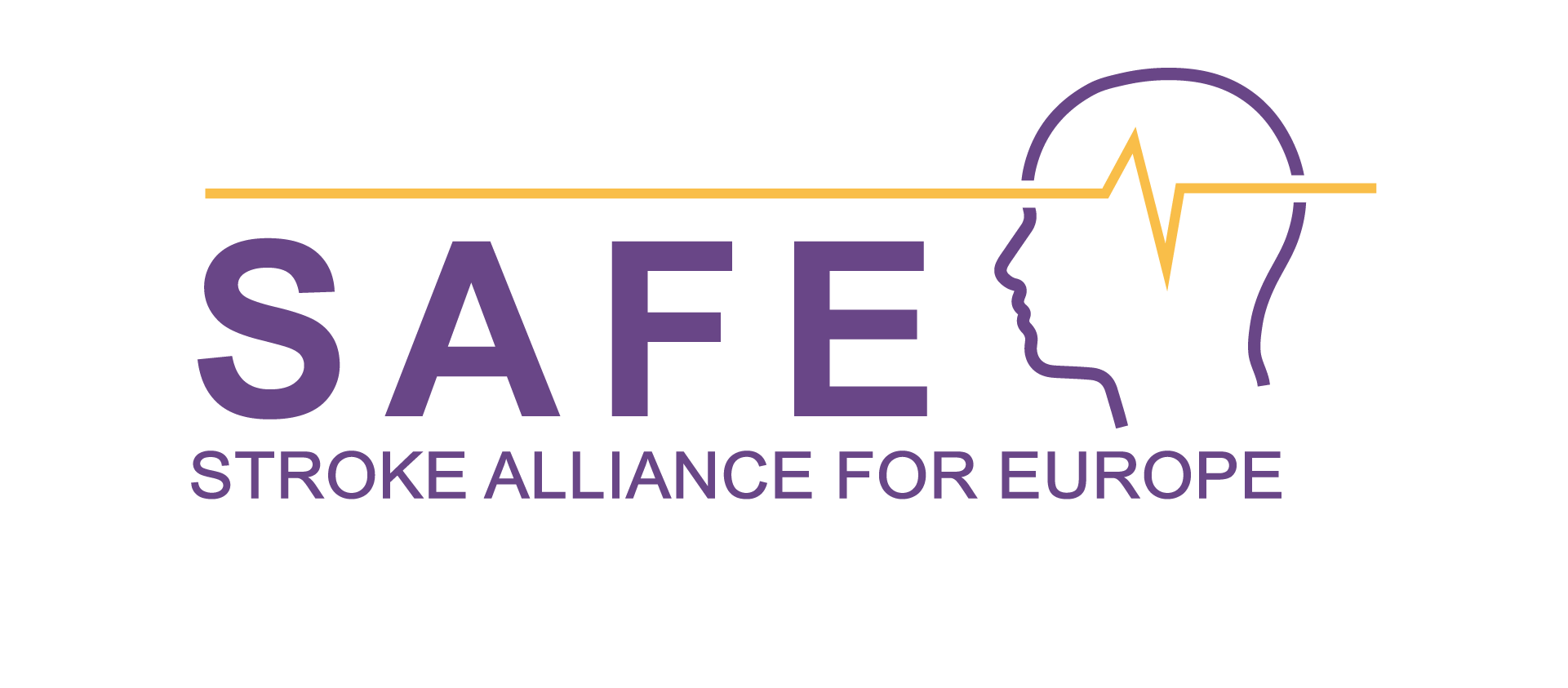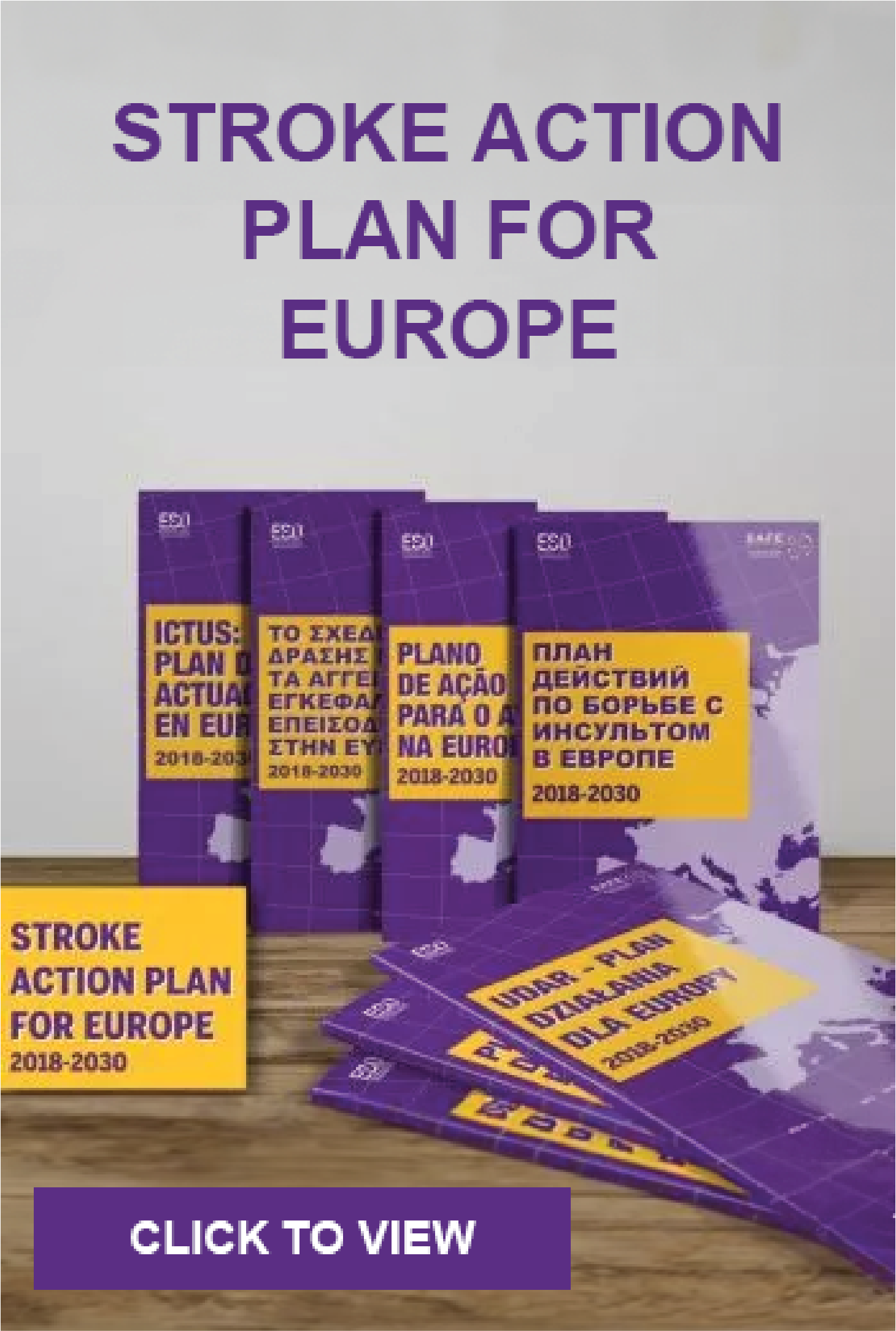The Slovenian Stroke Association “Združenje bolnikov s cerebrovaskularno boleznijo” is a stroke patient group, which looks at stroke patients education, social issues and stroke rehabilitation.
It was established in June 1996 and was registered as a humanitarian organisation in 2004 by the Slovenian Ministry of health. It is a voluntary, national organisation including 15 regional clubs. The president of the association and the leaders of stroke clubs’ are all stroke survivors.
The aims of the Slovenian stroke association are based on Helsingborg declaration.
Foreword by neurologist, Professor Anton Grad, MD, PhD:
In 1994 a sociological survey on the quality of life of the inhabitants of Slovenia, an independent country since 1991 with a population of 2 million, an ‘ex-Yugoslav republic’, situated within the triangle of Vienna – Venice – the Pannonian plain, was conducted. The authors of the study invited cardiologists and neurologists to include their patients after either heart attack or brain stroke in order to compare the quality of life of these two groups of patients with healthy subjects. The results have confirmed a generally accepted opinion of a very poor quality of life in stroke patients. To me personally, this part of the results came as no surprise. It was a uniform opinion among the medical students and young doctors I have had the privilege to teach neurological skills that “it’s better to die of a heart attack or cancer than to survive bedridden, aphasic and completely dependent.”
On the other hand, the results of the above mentioned survey showed that the quality of life in patients after myocardial infarction was better than that of the healthy subjects! Patients after myocardial infarction had greater self-esteem, they were more physically fit, they attended more cultural events, read more books, and above all, they were socially more active. In brief, they had more “joie de vivre” than healthy subjects! Asking ourselves about the cause of these surprising results, we found out that patients after myocardial infarction have self-organized aerobic training. However, their meetings were far from just aerobics. Their social gathering made their lives better.
Therefore, a group of enthusiastic patients after stroke, lead by Mrs. Ruza Acimovic Janezic, MD, Mr. Peter Kunc and Mrs. Ana Dolinsek organized Slovenian stroke organisation in 1996 and the first so-called “Club of patients with cerebrovascular stroke” in 1998. Beginning with 20 members, the membership increased to over 1.600 patients in several regionally organized groups (“clubs”) under the umbrella organisation “Slovenian stroke organisation”. The society is a non-governmental organisation with the primary objective of resolving the medical and social problems of their members. It is registered as a humanitarian organisation at the Ministry of Healthy of the Republic of Slovenia. The society is also a member of the Stroke Alliance for Europe (SAFE).
In everyday activities the “Slovenian stroke association” plays an important role as an active partner to the professional health-givers. It is particularly active in organizing the complex rehabilitation after stroke. The “Slovenian stroke organisation” is an active promoter of the Helsingborg Declaration I and II. Several booklets and papers on stroke, complications after stroke and stroke rehabilitation have been published. However, the most popular remains the journal “KAP-nik” (a wordplay: in Slovene kap = stroke; but with the ending –nik > kapnik = stalactite, a symbol of long survival in tough conditions of the underground caves of the Karst). On a regional level, the groups of patients organize educational workshops for patients and their relatives, social events, cultural and rehabilitation activities. They cope with problems of individuals such as transportations etc.
In conclusion, as a neurologist being in contact with stroke patients on a daily basis, I cannot imagine the complex treatment of stroke patients without the activities performed by the “Slovenian stroke organisation”. Let’s take a short look at some of the activities.




